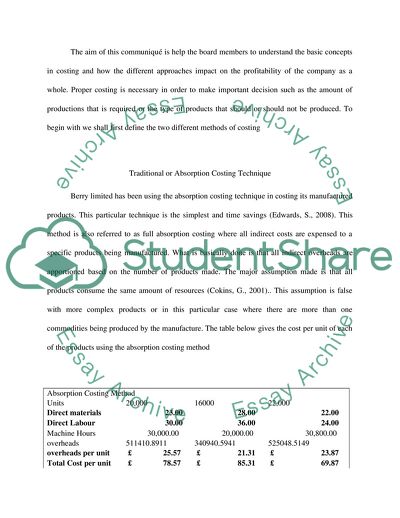Cite this document
(Management finance Essay Example | Topics and Well Written Essays - 2500 words, n.d.)
Management finance Essay Example | Topics and Well Written Essays - 2500 words. https://studentshare.org/finance-accounting/1845460-management-finance
Management finance Essay Example | Topics and Well Written Essays - 2500 words. https://studentshare.org/finance-accounting/1845460-management-finance
(Management Finance Essay Example | Topics and Well Written Essays - 2500 Words)
Management Finance Essay Example | Topics and Well Written Essays - 2500 Words. https://studentshare.org/finance-accounting/1845460-management-finance.
Management Finance Essay Example | Topics and Well Written Essays - 2500 Words. https://studentshare.org/finance-accounting/1845460-management-finance.
“Management Finance Essay Example | Topics and Well Written Essays - 2500 Words”. https://studentshare.org/finance-accounting/1845460-management-finance.


